Every coin and banknote is like a window that gives us a glimpse of the past or a sneak peek at the amazing hobby of numismatics. So it’s never easy to focus on just a few coins and banknotes to highlight in this auction sales column. However, the three we profile here sample some of the hottest items on the auction block and, as you’ll see, they’re all deserving of starring roles in any numismatic collection.
$50 Half Union Pattern, PCGS PR67BN
Despite their large size and beautiful Coronet design, only seven examples of the 1877 $50 Half Union are known that were struck in copper, and just one coin is believed to be in private hands. Most other surviving examples are held in museums or institutions. The concept behind the 1877 $50 Half Union was first presented in the 1850s. Fast forward more than 20 years, and Director of the United States Mint Henry Richard Linderman ordered examples of the 1877 $50 Half Union patterns struck for himself. Today, these pieces serve as time capsules of a tumultuous time in American history and provide a glimpse of what the coin would have looked like if it was struck for circulation. A spectacular example of this coin, graded PCGS MS67BN, was sold by Heritage Auctions for $408,000 in 2024.
1793 Liberty Cap Half Cent, PCGS MS65BN
The 1793 Liberty Cap Half Cent is a significant coin in American numismatics, as it represents the first year in which the United States Mint produced coins for mass circulation. There are four major die pairings recognized among 1793 Half Cents, which are the Cohen 1, 2, 3, 4, and there’s a total of about 1,000 to 1,250 examples estimated across all varieties and grades combined. Most known examples of the 1793 Half Cents are in lower grades, or are harshly cleaned or damaged; there are very few known uncirculated examples. PCGS has graded a total of about 30 examples in Mint State condition, confirming how scarce this coin really is. In February 2025, Heritage Auctions sold an example for $240,000.
$5 Red Seal 1902 Alaska Territory, Fairbanks, First National Banknote Fr. 587 PCGS Banknote Choice Unc 63 Details
Soon after the United States purchased Alaska from Russia in 1867, there was a demand for banknotes in order to make transactions in the area. As a result, the First National Bank of Fairbanks began issuing National Banknotes. Today, the $5 1902 Fairbanks Red Seal Banknotes are considered special because they were some of the first issued banknotes in one of the most developed cities in Alaska during that time period. In general, Fairbanks Red Seal Banknotes are considered scarce. A $5 Alaska, Fairbanks Red Seal Fr-587 Banknote graded PCGS MS63 Choice Unc Details sold via a Great Collections auction on March 16, 2025, where it realized an impressive $177,187.
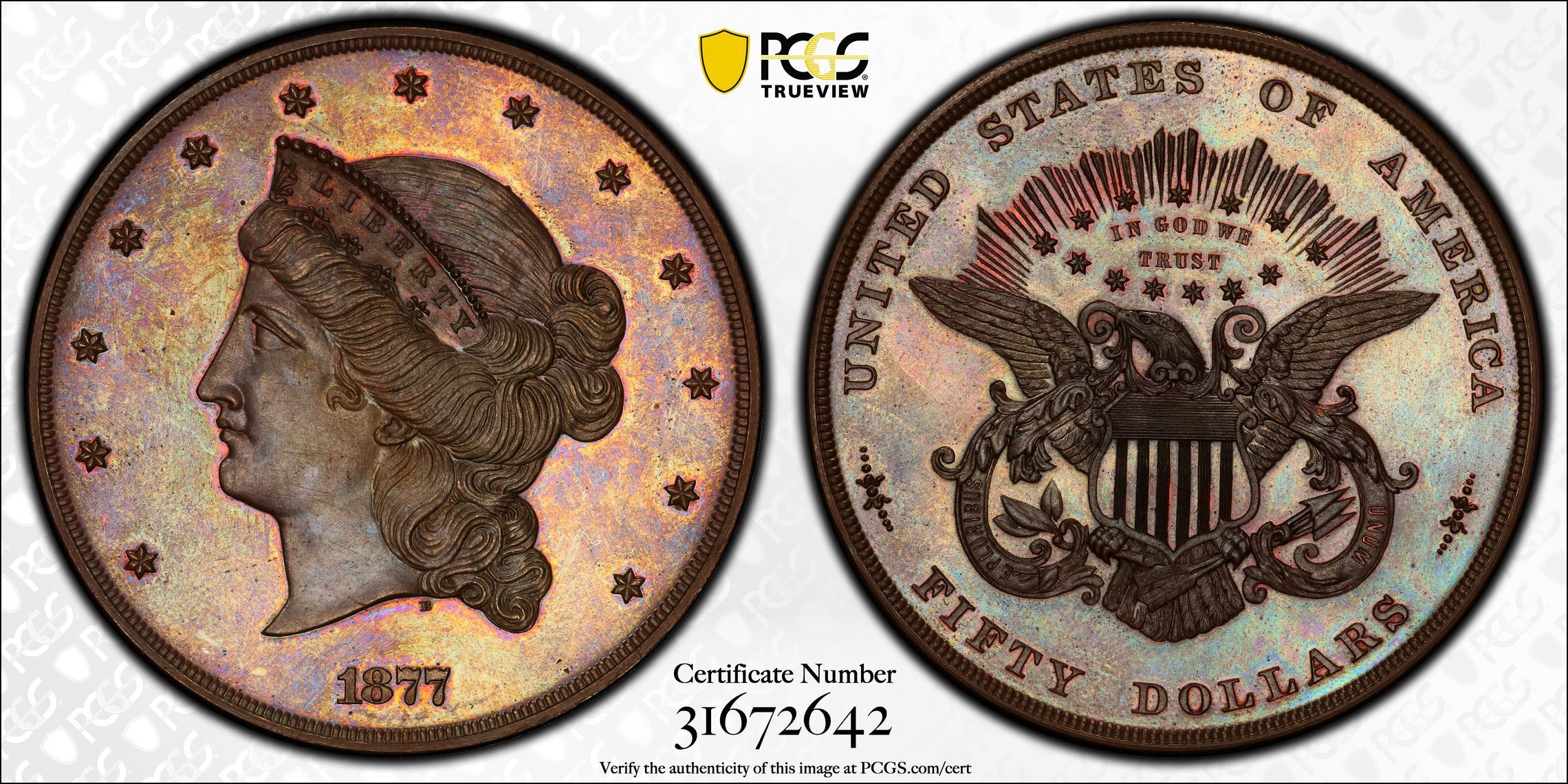
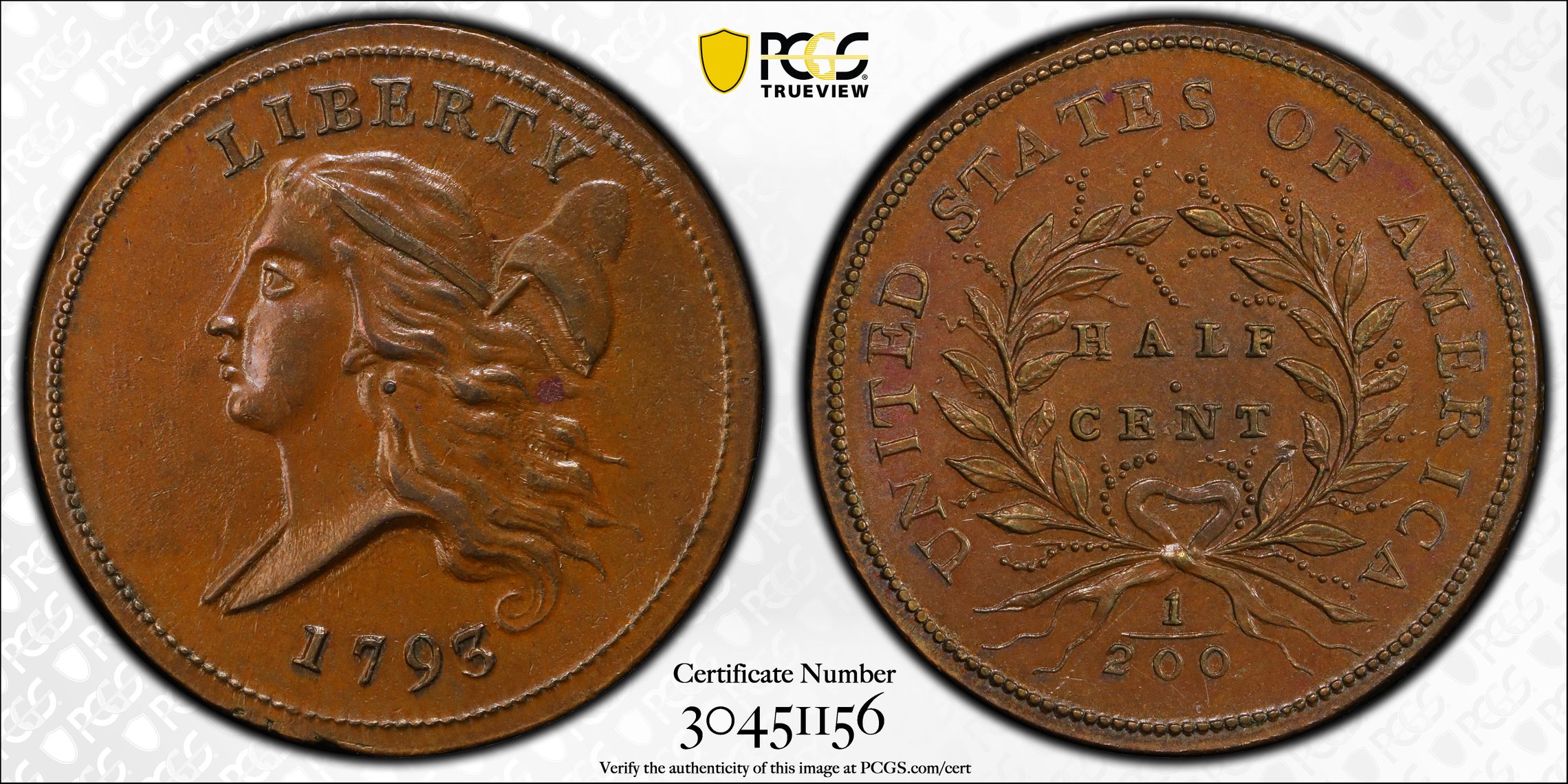
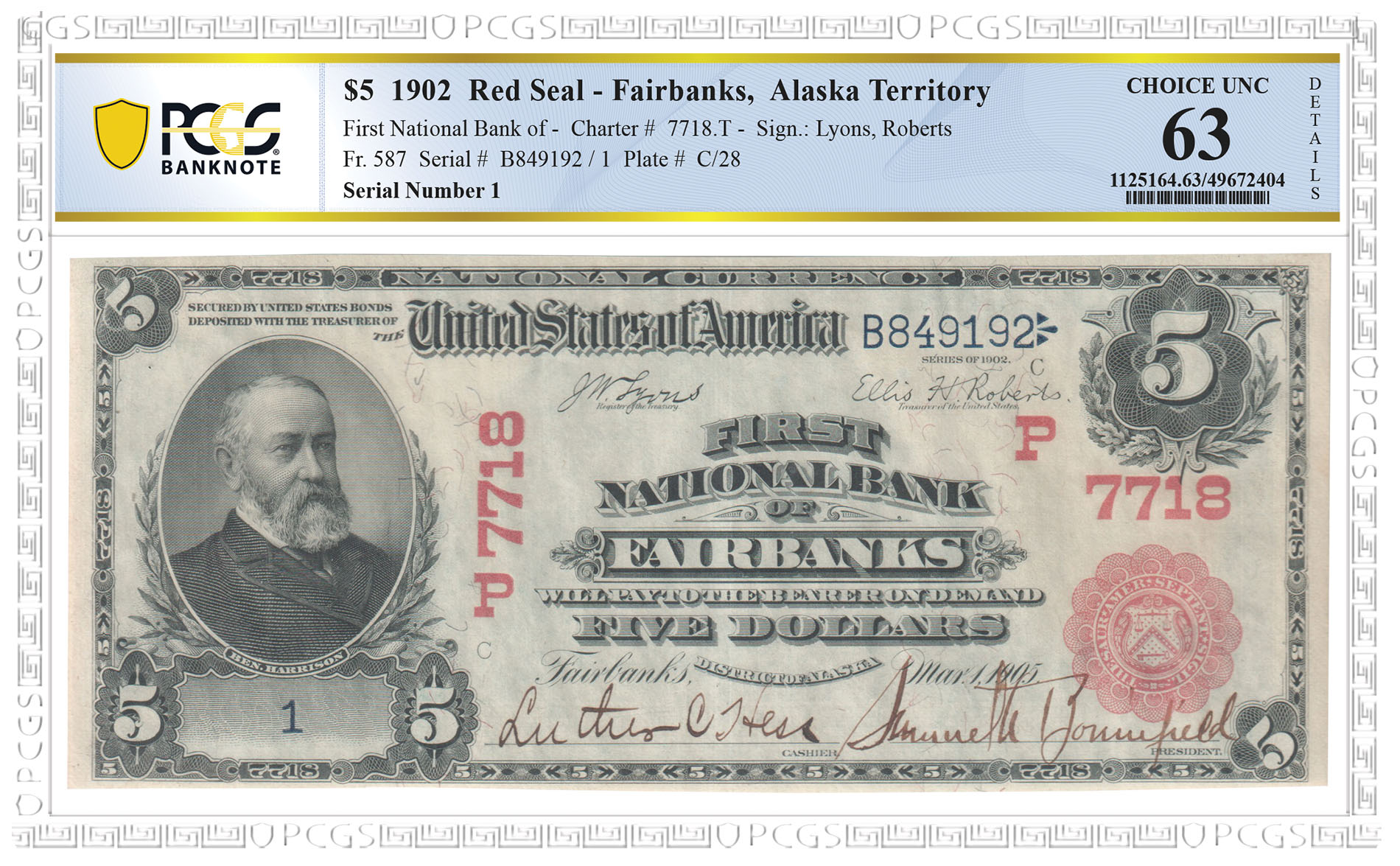
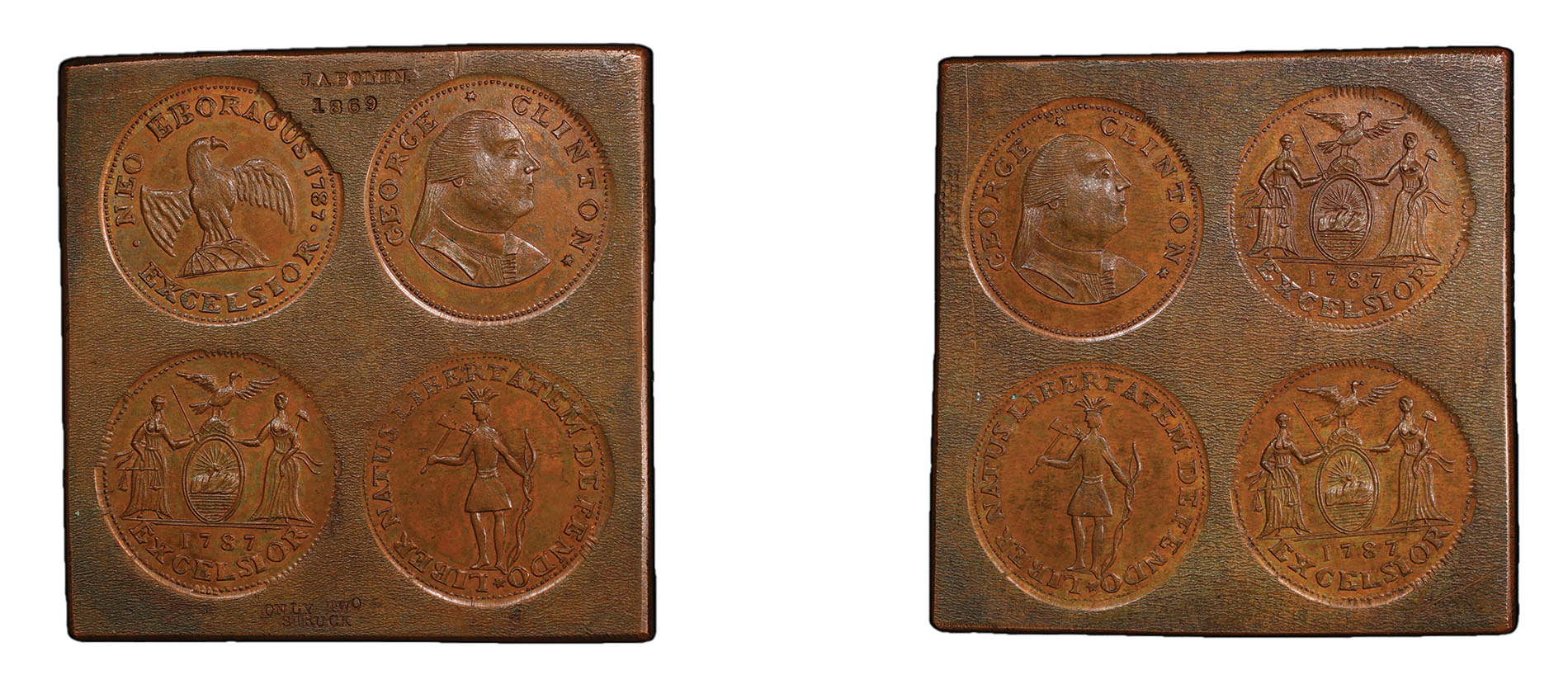


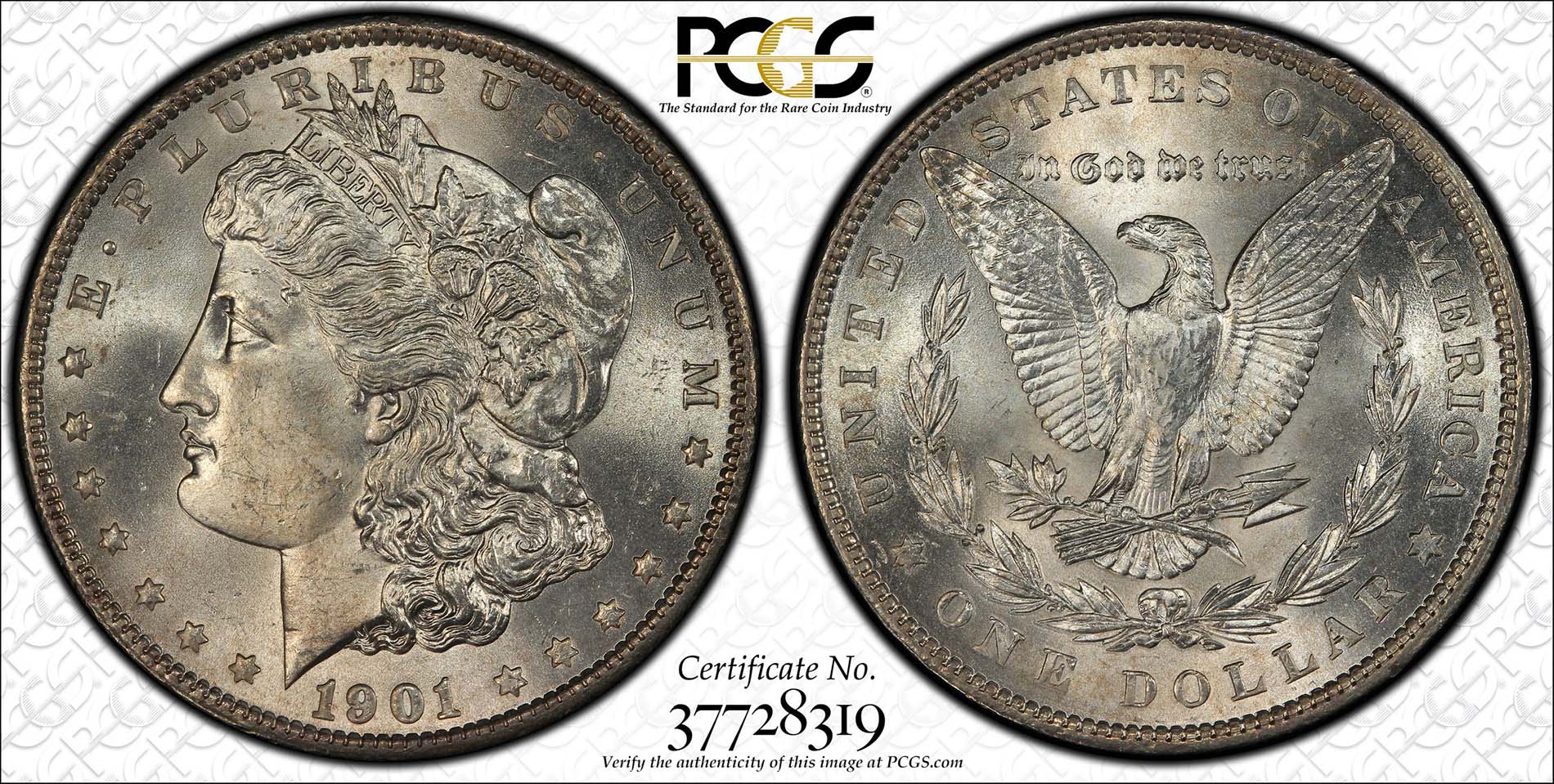


 Copper & Nickel
Copper & Nickel
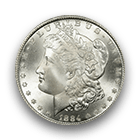 Silver Coins
Silver Coins
 Gold Coins
Gold Coins
 Commemoratives
Commemoratives
 Others
Others
 Bullion
Bullion
 World
World
 Coin Market
Coin Market
 Auctions
Auctions
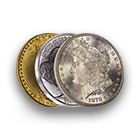 Coin Collecting
Coin Collecting
 PCGS News
PCGS News